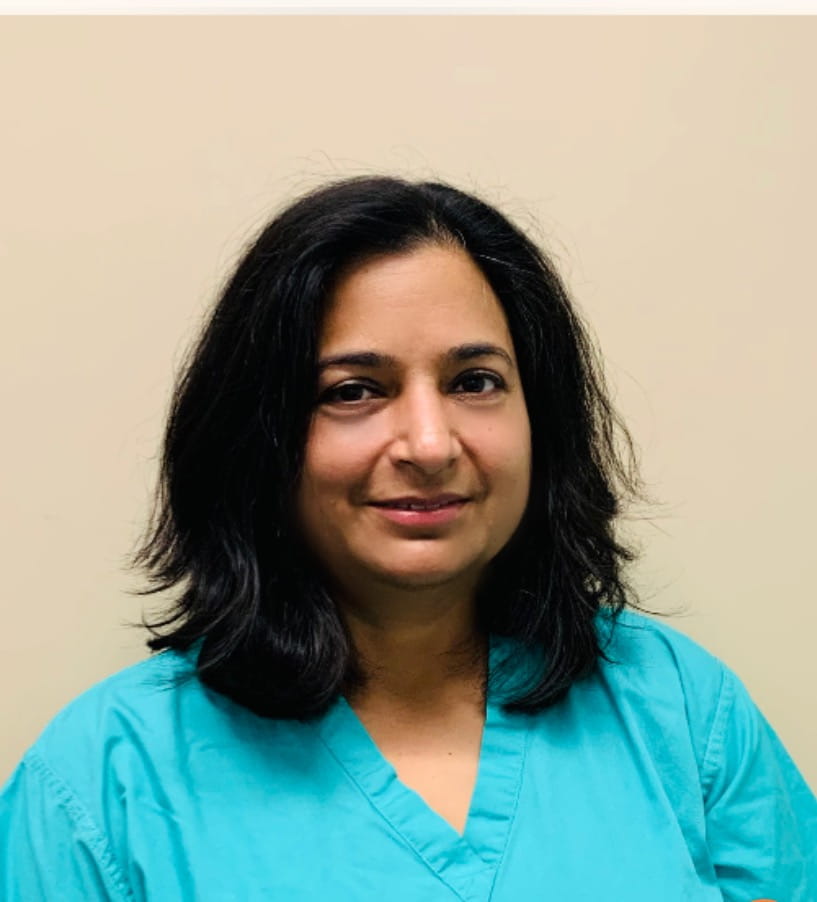Unlocking the potential of SAS surgeons

05 Jul 2023
Dr Vinita Shekar, Chair of the SAS Forum and Council Lead for SAS Strategy
The latest GMC workforce report states that SAS and locally employed doctors are set to become the largest group in the medical workforce by 2030, yet there are no mechanisms to ensure SAS doctors are represented across its entire leadership and management structure. This has resulted in the lack of utilization of the SAS workforce to their full potential and in turn, does not benefit the provision of better patient care. SAS – Specialty, Associate Specialist and Specialist doctors are a huge untapped resource in the NHS. As we continue to tackle the backlog and record waiting lists, SAS surgeons must be at the forefront of NHS workforce planning. This must happen locally, regionally and nationally alongside consultants and medical workforce leaders.
As a SAS surgeon myself, it is my ambition that SAS surgeons receive recognition and the parity of esteem that we deserve. The impact of COVID-19 has been substantial and wide-ranging from deficient health funds, increased demand, long waiting lists, inability to retain staff and burnt-out. Despite the challenges of the pandemic, SAS doctors have shown commitment, resilience, humanity and the ability to adapt. They have provided stability and collaborative working across specialties. The pressure to balance training the future generation of doctors, service delivery and wellbeing of the medical workforce has never been so high among the top priorities for NHS leaders.
This has been widely recognised during the pandemic and SAS doctors have shown they can be effective educators and trainers, alongside their role of service providers.
SAS doctors and dentists are an important and much relied upon group of the medical workforce. However, there is now clear evidence across the country that often there can be a lack of planning for how best to draw on their skill set. Going forward, SAS surgeons should be visible, contributing to the diversity of NHS management and leadership as an equal partner.
The diversity of the SAS and Locally Employed Doctors (LED) workforce adds different perspectives, cultural backgrounds and experiences, which all benefit the population. By being included in leadership positions, they will make a significant contribution to workforce planning, delivery of training, surgical services and patient care.
It is not just representation that has an impact. Evidence provided to the Kennedy Review, commissioned by the Royal College of Surgeons of England, also demonstrated ‘continued obvious and casual discrimination, bullying, belittling, and humiliation of SAS surgeons’, the majority of whom are international medical graduates. Individuals in these roles reported feeling excluded from opportunities to develop, having no voice, influence, or control over their work schedules, fearing blame and perceiving injustice and a lack of support from colleagues leading to a lack of any sense of belonging.
Over the last 15 years, SAS conditions of employment have improved and can offer flexibility and career satisfaction to doctors who may not want to pursue further training, or those who choose not to become a consultant following specialty training. However, it is not being utilized to its full benefit due to lack of awareness of these resources among medical workforce leaders. This further reinforces the need for SAS doctors to be in leadership roles at local, regional and national level.
To become a SAS doctor, it takes four years of postgraduate training, of which two must be in the relevant specialty. While senior SAS doctors have not been on a formal training programme that leads to a consultant post, with time, many are working at a level equivalent to consultants.
SAS doctors often choose this unconventional career path to have a better work-life balance. This flexible model can be attractive to many doctors, especially those early on in their medical careers who are trying to build their family life alongside professional lives. It can also help with recruitment and retention. This mutually beneficial arrangement that works for an individual and for the organisation needs to be found – and should become the standard in every NHS trust.
Our new SAS strategy recommends that SAS surgeons must be used more effectively across the NHS. A key recommendation is that all SAS doctors must be involved with elective recovery programmes and facilitate them working to the top of their licence.
Local NHS networks must get better at using SAS surgeons to lead, enhance and benefit patient care. This will also go a long way in developing not just better clinical services, but also satisfying surgical careers, together with providing better patient care.
